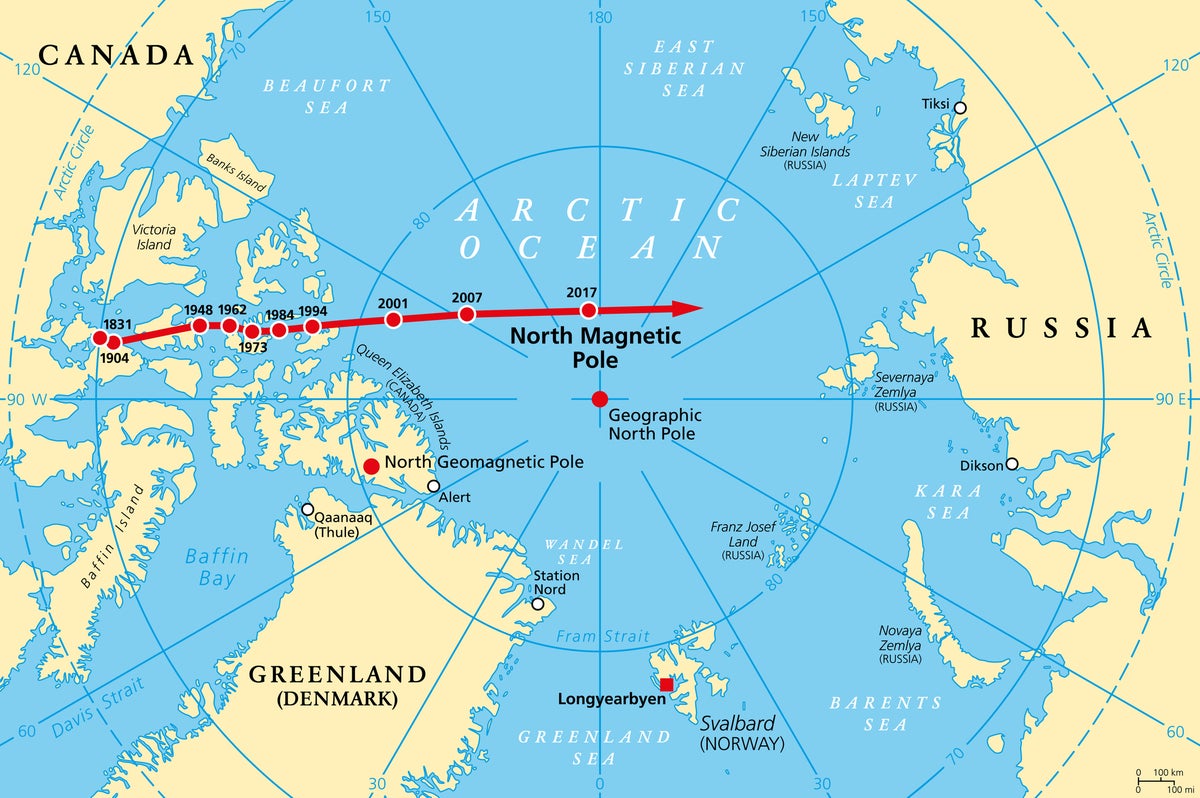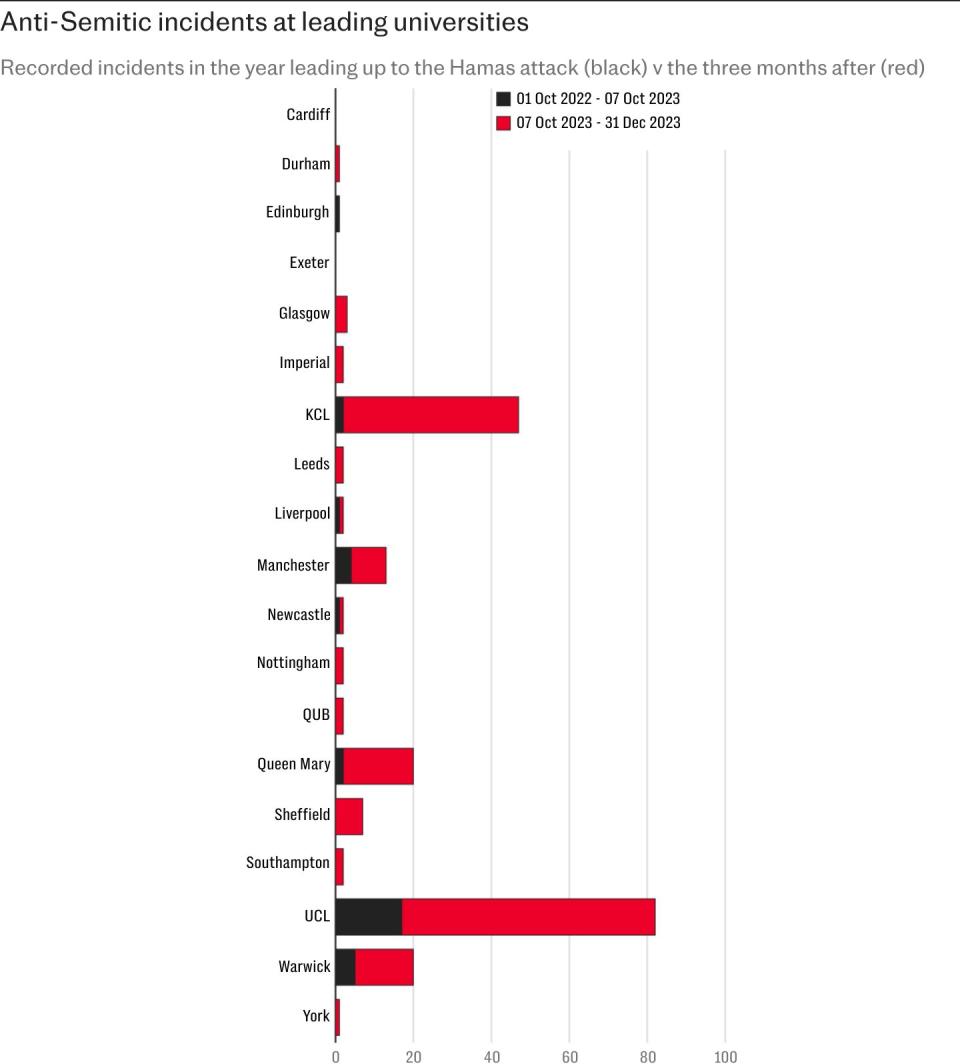
Scientists have detected unexpected activity in the high Arctic as the magnetic North Pole heads towards Russia in a way that has never been seen before.
Compass needles in the northern hemisphere point in the direction of the magnetic North Pole, and the location varies as a result of the changing contours of Earth’s magnetic fields.
It differs from the geographic North Pole, also known as true north, which remains stationary at the intersection of all longitude lines.
Dr William Brown, global geomagnetic field modeller at the British Geological Survey (BGS), explained: “It’s a big, chaotic and turbulent ball of molten iron going around in the middle of the earth that generates the magnitude.
“So while we can monitor and see how it’s changing, it is quite difficult to predict exactly how it will change.”
The magnetic pole moved along the northern Canadian shore for centuries, Dr Brown said. It drifted into the Arctic Ocean in the 1990s, and after that, it accelerated and headed towards Siberia.
From 1600 to 1990, it is estimated to have moved about 10-15km a year. In the early 2000s, it sped up to around 55km a year, Dr Brown told The Independent.
The data comes from the World Magnetic Model, created by the British Geological Survey (BGS) in collaboration with the US National Oceanic and Atmospheric Administration. The model forecasts the location of the pole at any given time. The new model is set to be released in December.
In the past five years, the magnetic north pole has significantly slowed down to about 25km a year.
The model assists in guiding a smartphone’s compass tools. It also contributes to GPS systems and is utilised by the military to navigate submarines across Arctic waters.
“The world magnetic model is embedded in pretty much any piece of technology, from smartphones to cars and military jets,” Dr Brown told The Independent.
The pole’s movement is caused by unpredictable fluctuations in the churning of the molten iron that makes up the majority of the Earth’s outer core.
This liquid metal moves as a result of heat escaping from the planet’s core, creating the Earth’s magnetic field. The field and the location of the magnetic pole are impacted by variations in the swirling motion of this molten iron, which is located around 2,000 miles below ground.
Predicting the exact movements is impossible, but the BGS can monitor the Earth’s magnetic field. The group uses a network of ground stations and satellites to map the field in different locations.
EMEA Tribune is not involved in this news article, it is taken from our partners and or from the News Agencies. Copyright and Credit go to the News Agencies, email news@emeatribune.com Follow our WhatsApp verified Channel





